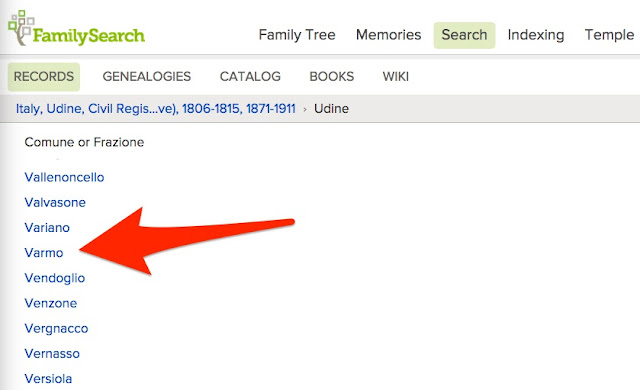THE FAMILYSEARCH.ORG FAMILY TREE IS SUPPOSED TO CHANGE. GET USED TO IT
The whole idea of having a unified family tree program based on the wiki model is that the users of the program can make changes, add information and correct entries. What the complainers are saying is that they want their own, personal space on the Family Tree where none of THEIR information can be changed. That is the essence of the owned, private family tree. Guess what? There are already millions of those around on paper and online and where has it gotten us? It has gotten us into the mess we have today with inaccurate family trees that verge on fantasy.
Here is my first rule of the Family Tree. If you think your version of the space you see on the Family Tree is the gospel truth, then DEFEND YOUR TURF. Watch all of the entries that you are concerned about. When changes are made, revert them back to the "correct" version. Then, politely and consistently send the people who made the changes the supporting documentation you have already attached to the Family Tree as sources. Use the built-in messaging system of the program to send your explanations. This is a game of the the last man or woman standing. TRUTH WILL PREVAIL. That is, of course, assuming you or anyone else knows the truth.
I can think of a huge number of parts of my inherited genealogy where my family knew the absolute truth and their absolute truth turned out to be absolutely wrong. So what? Well it may take forty years of wandering in the wilderness before that generation dies off and the corrections are made, but there will still be those who think they have a pedigree going back to Adam. As President Harry S. Truman is commonly quoted as saying, "If you don't like the heat, get out of the kitchen." (probably first quoted in the Kingsport, Tennessee Times in the 1942). OK, now this got me going again. The quote does not appear in the Kingsport, Tennessee Times in the 1942, I just went through the entire year's digitized copies. Anyway, it is a good quote for working on the Family Tree whoever said it first.
You need to be open to change and not adverse to reconsidering your cherished opinions to work on the Family Tree. But you also need to be thorough and consistent. Add all the Memories you can to every individual. Make sure you add every possible valid source. Think about what you are adding and doing. Correct and standardize all dates and places. Eliminate duplication.
We have found that adding sources is the one biggest deterrent to irrational changes. Don't go down without a response. Always respond with kindness and sources. Do not get into a revert war where you simply change something back without comment.
Remember the admonition in Alma 7:23
And now I would that ye should be humble, and be submissive and gentle; easy to be entreated; full of patience and long-suffering; being temperate in all things; being diligent in keeping the commandments of God at all times; asking for whatsoever things ye stand in need, both spiritual and temporal; always returning thanks unto God for whatsoever things ye do receive.

































